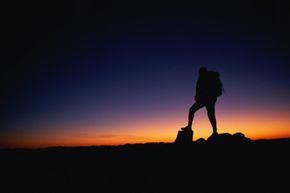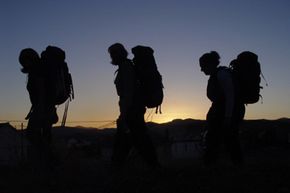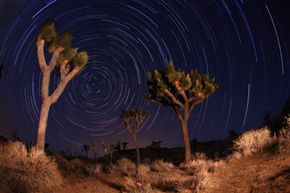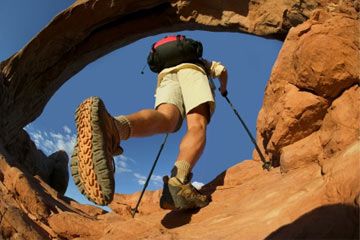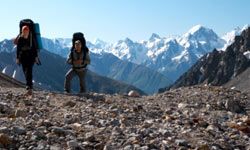When I was in high school, I snuck out of the house a lot at night. I'd pad down the steps of my family's suburban split-level, remembering to leap lynx-like over the creaky third stair. Slowly, silently, I'd twist the knob on my brother's ground-floor bedroom. I didn't have to worry about waking him (he slept the zonked-out, open-mouthed sleep of the dead), but I did need to be careful of my sharp-eared mother dozing in front of the TV in the next room.
Listening hard for mother-noises over the muffled strains of the "Dallas" theme song, I'd creep onto my brother's desk, hook my fingers around his window latch and ease the window open, lifting myself out into a world filled with night song and stars.
Advertisement
My friends would be waiting for me at the bottom of the hill, idling in someone's father's borrowed car. There would be a flurry of slamming doors (go! go! go!) and we'd all die laughing as we peeled out of the neighborhood, cranking up The Cure's "A Forest" on the stereo and passed bottles of Zeltzer Seltzer around the car.
Darkness made us invincible; we'd sneak into the local golf course to lie on our backs under the moon. The cart paths shone silver, and the nighttime hummed with insect song. Without warning, the sharp, clean smell of ozone would fill the air and we'd scramble up, shrieking, as the sprinklers blasted on.
Night hiking is the adult version of sneaking out of the house: You get all the excitement but with virtually no chance of being caught and grounded upon your return. National Geographic contributor James Vlahos says of cresting a mountain at night, "The stars and planets are close overhead; a savagely beautiful and uninhabited world lies below ... I feel less a hiker than an astronaut."
But is night hiking really all magic and moonlight? Or do monsters and mayhem also lurk in the dark? Find out everything you need to know about night hiking, starting with how to see in the dark, next.
Advertisement
